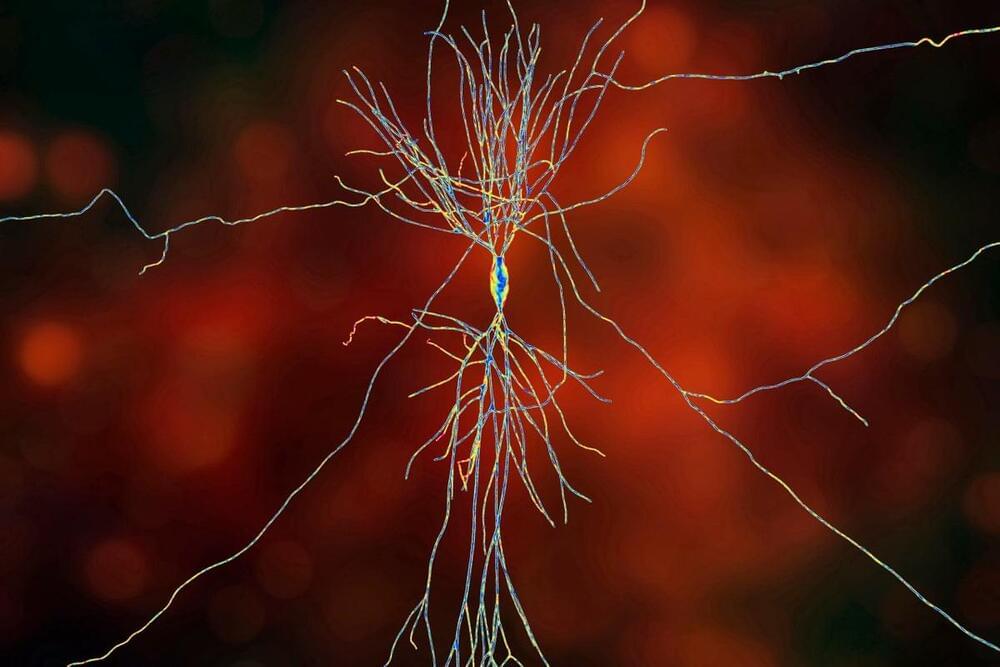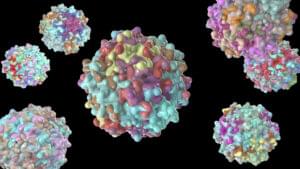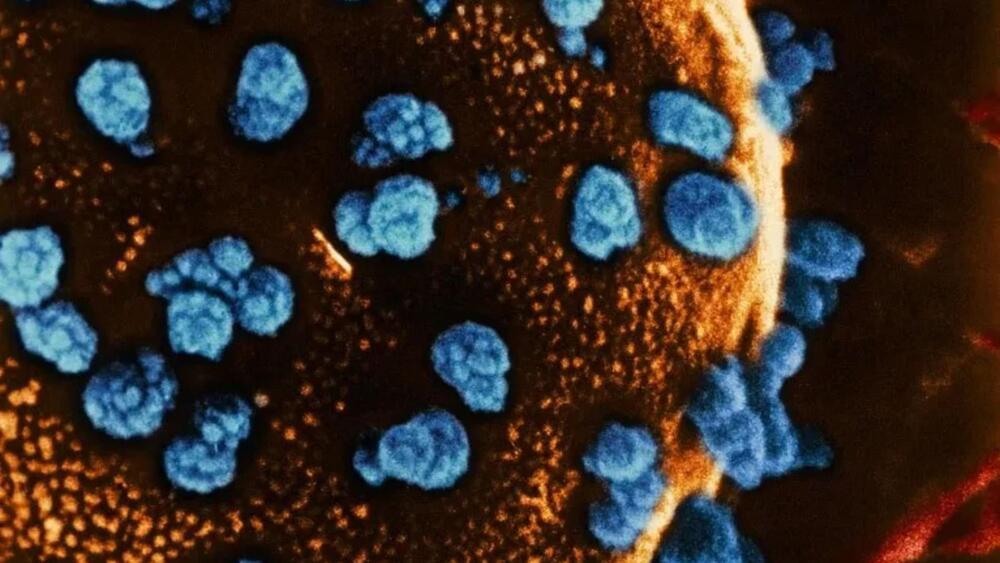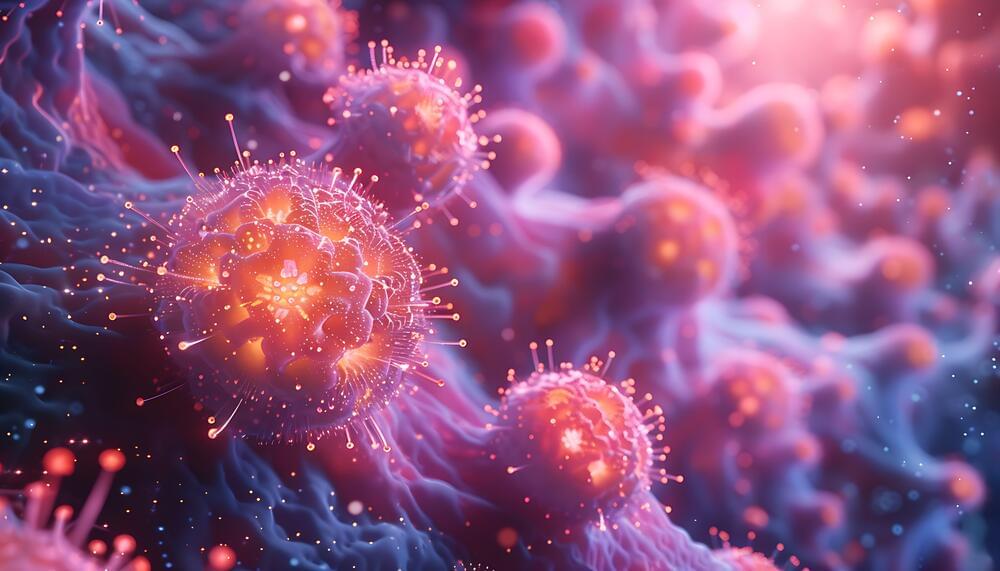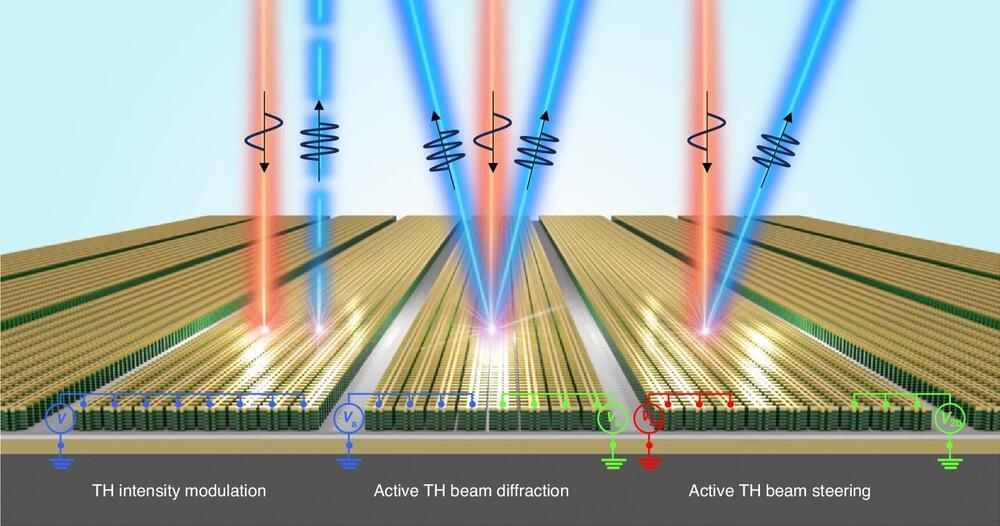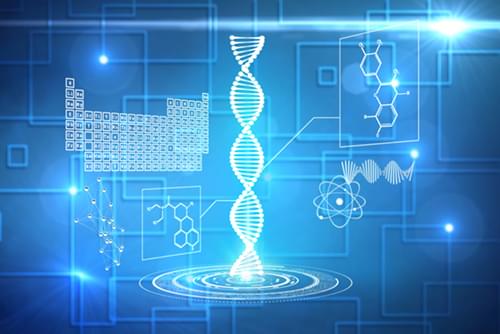Sep 30, 2024
DOOM can now run on a quantum computer with Quandoom port — seminal FPS blood and gore mixed with spooky action
Posted by Genevieve Klien in categories: biotech/medical, computing, quantum physics
DOOM has been ported to quantum computers, marking another milestone for this seminal 3D gaming title. However, the coder behind this feat admits that there is currently no quantum computer capable of executing (playing) this code right now. All is not lost, though, as Quandoom can run on a classical computer, even a modest laptop, using a lightweight QASM simulator.
Barcelona ICFO-based Quantum Information PhD student Luke Mortimer, AKA Lumorti, is behind this newest port of DOOM. In the ReadMe file accompanying the Quandoom 1.0.0 release, Lumorti quips that “It is a well-known fact that all useful computational devices ever created are capable of running DOOM,” and humorously suggests that Quandoom may be the first practical use found for quantum computers.

